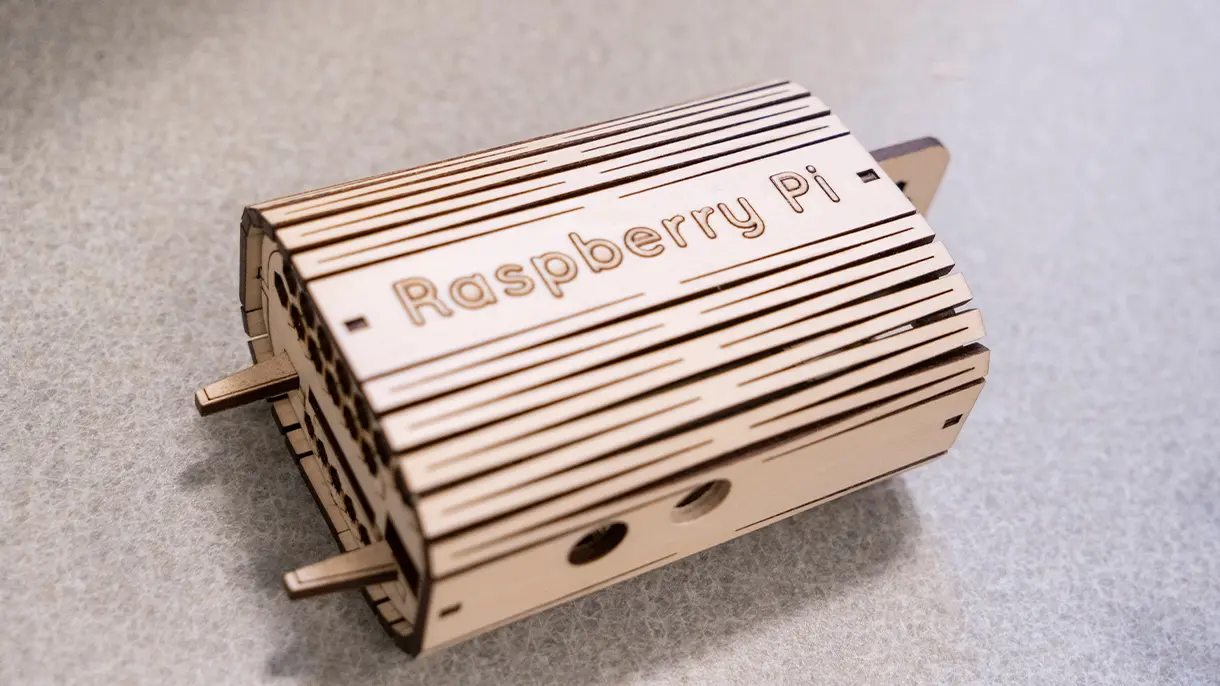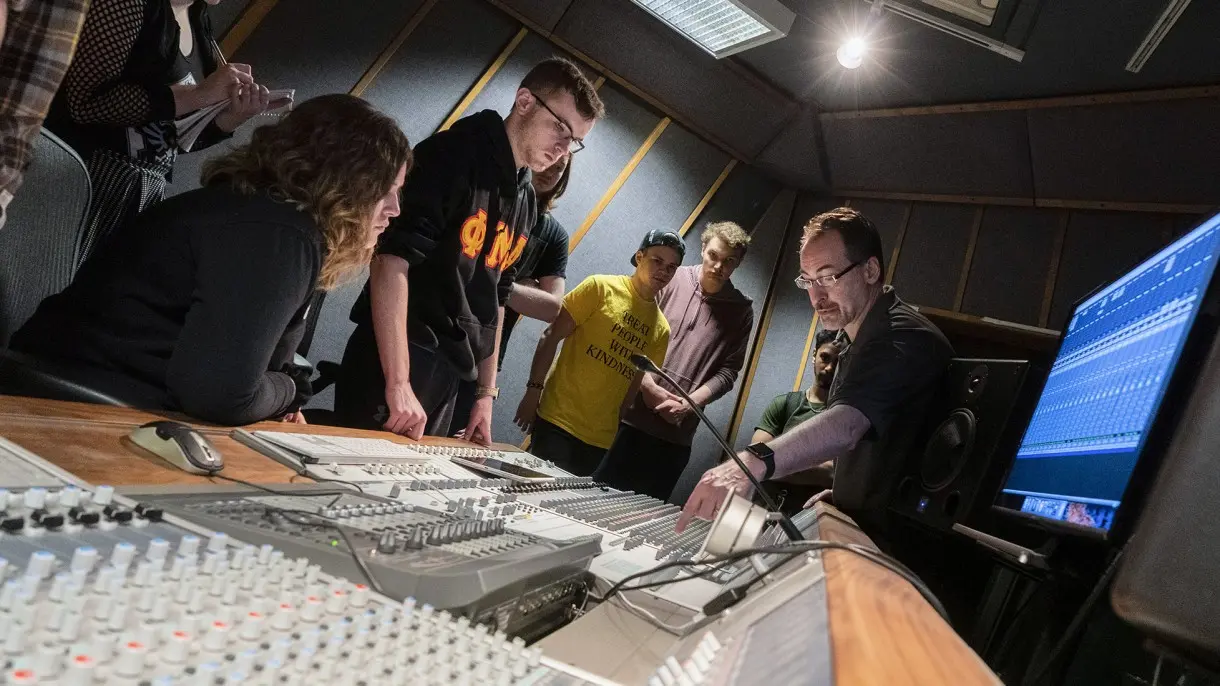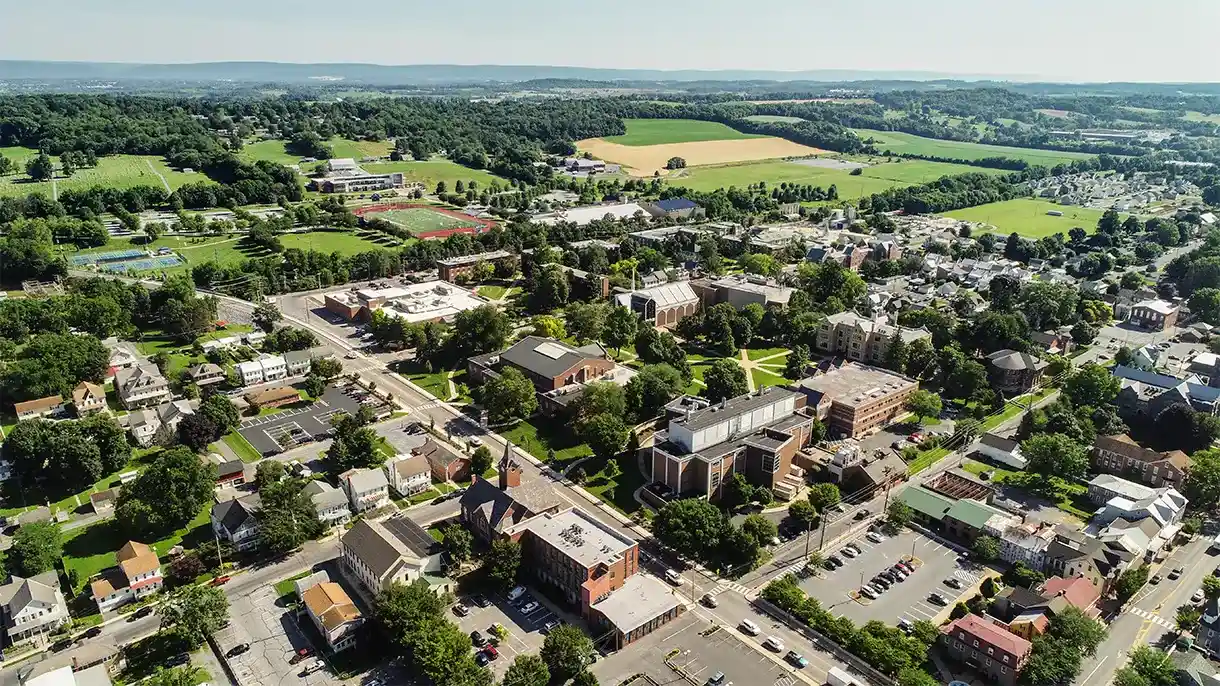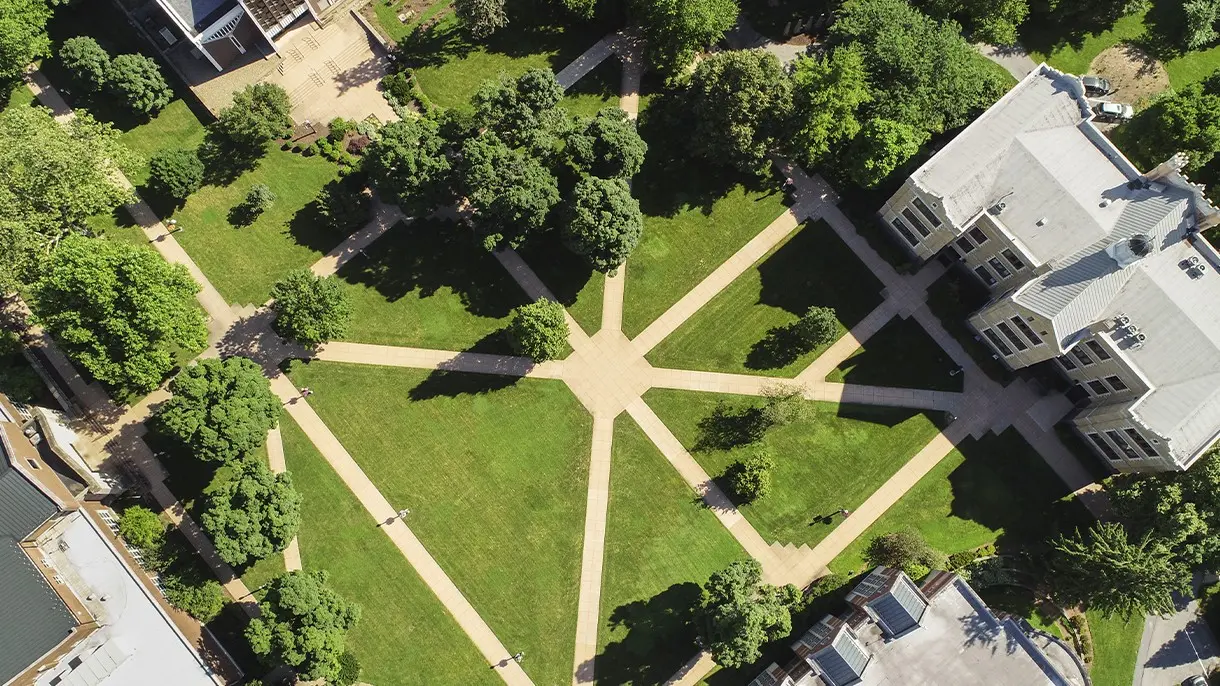
Interaction Design Mission, Goals, & Objectives
The department of Design, Media, & Technology develops students who solve problems using the human-centered design process. The department combines liberal arts ideals with the diverse disciplines that inform the field, which produces students who think critically and creatively and engage in lifelong learning. Through an emphasis on problem solving and team-based collaboration, students will apply principles and methods of human-centered design to the creation, storage, analysis, processing, and delivery of information.
Program Goals and Objectives
Program Goal 1: Frame the problem
- Analyze data, applying and integrating relevant human centered design and/or disciplinary principles and methods, to draw appropriate conclusions.
- Describe and prioritize problems to be solved (e.g. design, organizational, and strategic problems, which could include, setting specifications and defining organizational objectives/purpose, audience need and workflows, and accounting for context of use, etc.).
Program Goal 2: Research
- Choose appropriately reliable and valid methods/methodologies to answer specific research questions or effective/appropriate media/technologies to solve specific design problems.
- Effectively execute valid and reliable methods to answer research questions (for example, usability testing, contextual observation, interviews, focus groups, secondary research, industry standard analytics, etc.)
Program Goal 3: Brainstorm/ideate generating feasible, desirable, and viable solutions to problems
- Demonstrate the ability to generate a wide number of solutions based on specific problems/specifications in class timed exercise
- Demonstrate the ability to generate innovative/creative/integrative solutions to solve a specific problem
Program Goal 4: Prototype – (the iterative process of designing and building a well-executed, feasible, viable, and desirable solution to a problem)
- Solve specific problem/s by creating feasible, viable, and desirable solutions (evaluating how effectively the solution solves the problem)
- Create a well-executed solution (evaluating the quality of execution of the solution)
For more information on learning goals and outcomes, contact institutionalresearch@lvc.edu.


